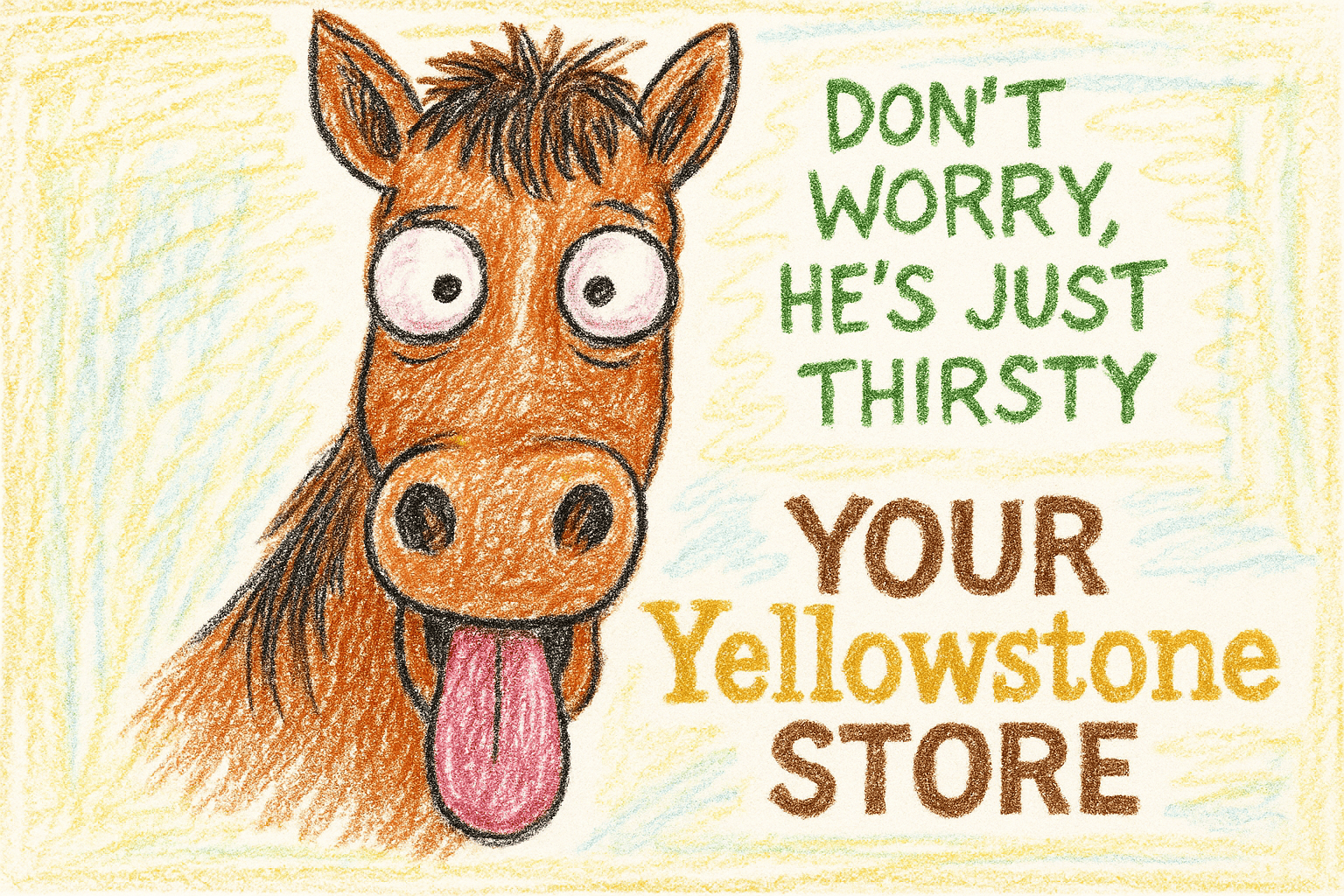Why the Yellowstone Series Stands Apart in Television History

Among countless modern dramas, few shows command the cultural and critical attention that the Yellowstone series has achieved. Created by Taylor Sheridan, this show combines multiple genres into a single, cohesive experience that resonates with diverse audiences. While western dramas have existed before, what truly makes Yellowstone unique is its merger of soap opera-level personal conflicts with A-list acting and exceptional writing, creating a new standard for modern television storytelling.
From its very first episode, the Yellowstone series has felt like more than just a television show. It’s a modern-day epic, one that tackles issues like land ownership, generational duty, and moral ambiguity with rare sincerity. Sheridan’s narrative approach invites viewers to not just watch, but live in the world he’s created. That immersive quality is a major reason the series has carved its name into television history.
Unmatched Performances: A-List Talent in the Yellowstone TV Series
At the heart of the Yellowstone TV series is a cast led by Kevin Costner, whose portrayal of patriarch John Dutton anchors the entire saga. Costner brings a gravitas that few actors can match, setting a tone of authenticity from the first episode. Kelly Reilly’s fierce and layered performance as Beth Dutton adds emotional depth rarely seen in television, while Cole Hauser as Rip Wheeler delivers a quietly intense presence that balances both romance and violence. Their performances elevate what could have been a simple western drama into something timeless and unforgettable.
Supporting characters like Jamie Dutton, Kayce Dutton, and Thomas Rainwater are also portrayed with nuance and emotional depth. Wes Bentley’s portrayal of Jamie brings out the fragility of identity under pressure, while Luke Grimes gives Kayce a quiet strength that evolves across seasons. Every cast member contributes to the show’s credibility, creating an ensemble that resonates long after the screen fades to black.
Soap Opera Storylines with Cinematic Writing
One key element that makes the Yellowstone series historically significant is its commitment to intricate, soap opera-level plotlines without sacrificing writing quality. From land disputes to long-brewing family feuds, Taylor Sheridan’s scripts weave complex story arcs that feel both grand and intimate. The show dives into intricate financial dealings, political maneuverings, and personal betrayals, building tension across seasons. For instance, the storyline involving land developers, casino interests, and John Dutton’s control over the ranch stretches from early seasons all the way through to John’s eventual murder plot, showcasing layered writing that rewards long-term viewers.
Yet, despite the melodrama, the dialogue remains grounded and purposeful. Sheridan’s writing style avoids the trappings of cliché by leaning into emotional truth. Characters speak with conviction, pain, and longing, giving weight to every conflict. Each season feels like a chapter in an epic novel, one that respects the intelligence of its audience.
Authentic Western Atmosphere and Visual Storytelling
Another reason the Yellowstone series holds a unique place in TV history is its visual authenticity. Unlike traditional soap operas filmed on sound stages, Yellowstone embraces real-world locations, including sprawling Montana landscapes that serve as both setting and character. The cinematography amplifies the show’s grandeur, immersing viewers in wide-open spaces filled with danger, beauty, and isolation. This level of production value is rarely combined with serial storytelling, giving the show a distinct atmosphere that sets it apart from other series in any genre.
Drone footage, natural lighting, and scenic vistas create a cinematic experience on the small screen. The rugged beauty of the American West isn’t just eye candy—it mirrors the harshness and vulnerability of the show’s characters. In a world where many series opt for green screens and artificial sets, Yellowstone’s visual authenticity is a bold creative decision that pays off.
The Yellowstone Series: A Bold Blend of Genres
Combining elements from family drama, crime thrillers, and western epics, the Yellowstone series doesn’t fit neatly into one category. This genre fusion is part of its lasting appeal. Fans of character-driven narratives find themselves invested in family dynamics, while viewers looking for suspense appreciate the constant threat of violence or political betrayal. Few other TV shows manage this balance as successfully. From Rip and Beth’s complex relationship to John Dutton’s ruthless business decisions, every storyline feels deliberate and layered, offering something for nearly every viewer demographic.
This versatility has allowed Yellowstone to transcend traditional genre audiences. It’s not just for fans of Westerns—it appeals to anyone who appreciates high-stakes drama, sharp character development, and philosophical undertones. The series reinvents the idea of what a Western can be in the 21st century, trading nostalgia for relevance while keeping its iconic grit.
Legacy and Cultural Impact of the Yellowstone TV Series
As television history evolves, the impact of the Yellowstone TV series will be remembered not just for its ratings success but for reshaping audience expectations. It proved that television can blend soapy character arcs with first-rate acting and writing. Taylor Sheridan’s vision demonstrated that audiences crave depth and authenticity, even in larger-than-life settings. Whether it’s through Beth Dutton’s razor-sharp dialogue or the final culmination of John Dutton’s story, the show delivers enduring moments that stay with viewers long after the credits roll.
Its influence is already visible in the wave of Sheridan-created spinoffs like “1883” and “1923,” both of which carry forward the same blend of realism and myth. The Yellowstone series has left a cultural footprint that extends far beyond its genre or network, opening the door for more ambitious, boundary-pushing dramas. Its legacy lies in showing that television can be both sweeping and intimate, familiar and fresh, entertaining and profound.
Previous: Home
Next: Yellowstone Filming Locales
